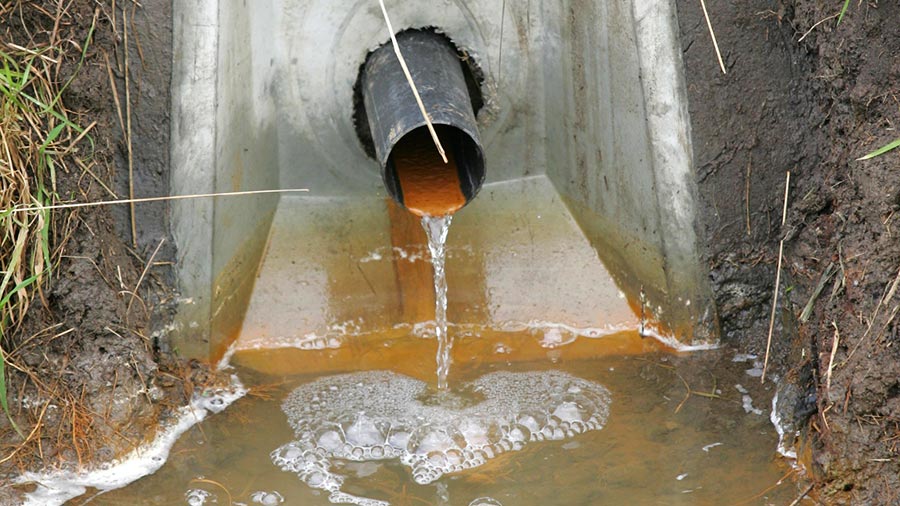Heavy rain prompts grassland drainage checks
 © Tim Scrivener
© Tim Scrivener The UK has seen extreme downpours and flooding recently with wetter winters forecast for the future.
Although heavy rain creates a minefield of problems for farming, it is the best time to do your drainage maintenance checks on grassland.
And while not the most popular job on farm, it is an important one that pays dividends in extending the grazing season, improving soil structure and infiltration.
See also: Q&A: What are your rights when farmland is flooded?
Warwickshire drainage contractor Rob Burtonshaw, from Farm Services, said: “It is very cost effective clearing out blocked outlets and culverts. It is a lousy job, but you will save yourself a lot of money.
“Often it is just a case of debris blocking the pipe entrance: clear the mess and, suddenly, the drainage system is back working, shifting water.”
Rob recommended the following:
- Walking the ditches to identify where vegetation and silt need removing
- Checking outlets (blockages will be visible)
- Using your phone to record particularly wet areas for work next summer.
Pinpointing problems
Really wet areas in fields and paddocks that affect grazing or silage production can be earmarked for further investigation next summer.
“Often you find in summer they are hard to locate; it is surprisingly difficult to spot an increase of 20% grass growth in a field.
“You can use sticks or line up the area with a tree. But the best way is to get a GPS app on your phone and you then have the perfect record.”
Phones are also an asset when old drainage plans are missing. If the contractor does not have plans, Rob said Google Earth now has enough history to spot drain lines.
Digging a few trial holes in trouble spots will establish soil type, whether there are any existing drains and if they can be revitalised before considering a new scheme, which starts at £2,965/ha.
